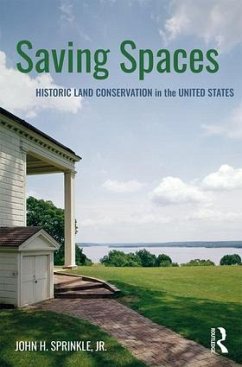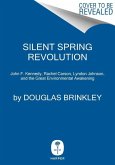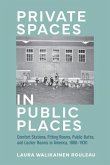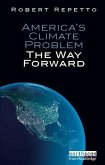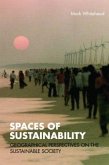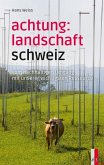Saving Spaces offers an historical overview of the struggle to conserve both individual parcels of land and entire landscapes from destruction in the United States. John Sprinkle, Jr. identifies the ways in which the identification, evaluation, and stewardship of selected buildings and landscapes reflect contemporary American cultural values. Detailed case studies bring the text to life, highlighting various conservation strategies and suggesting the opportunities, challenges, and consequences of each. Balancing close analyses with a broader introduction to some of the key issues of the field, Saving Spaces is ideal for students and instructors of historic preservation.
Professor Sprinkle deftly identifies the ways in which the identification, evaluation, and stewardship of selected buildings and landscapes reflect contemporary American cultural values. Detailed case studies bring the text of "Saving Spaces" to life by highlighting various conservation strategies and suggesting the opportunities, challenges, and consequences of each. Balancing close analyses with a broader introduction to some of the key issues of the field, "Saving Spaces" is ideal for students and instructors of historic preservation. Thoroughly 'reader friendly' in tone, commentary, organization and presentation, "Saving Spaces" is a critically important and highly recommended addition to both community and academic library collections.
-Midwest Book Review
-Midwest Book Review

